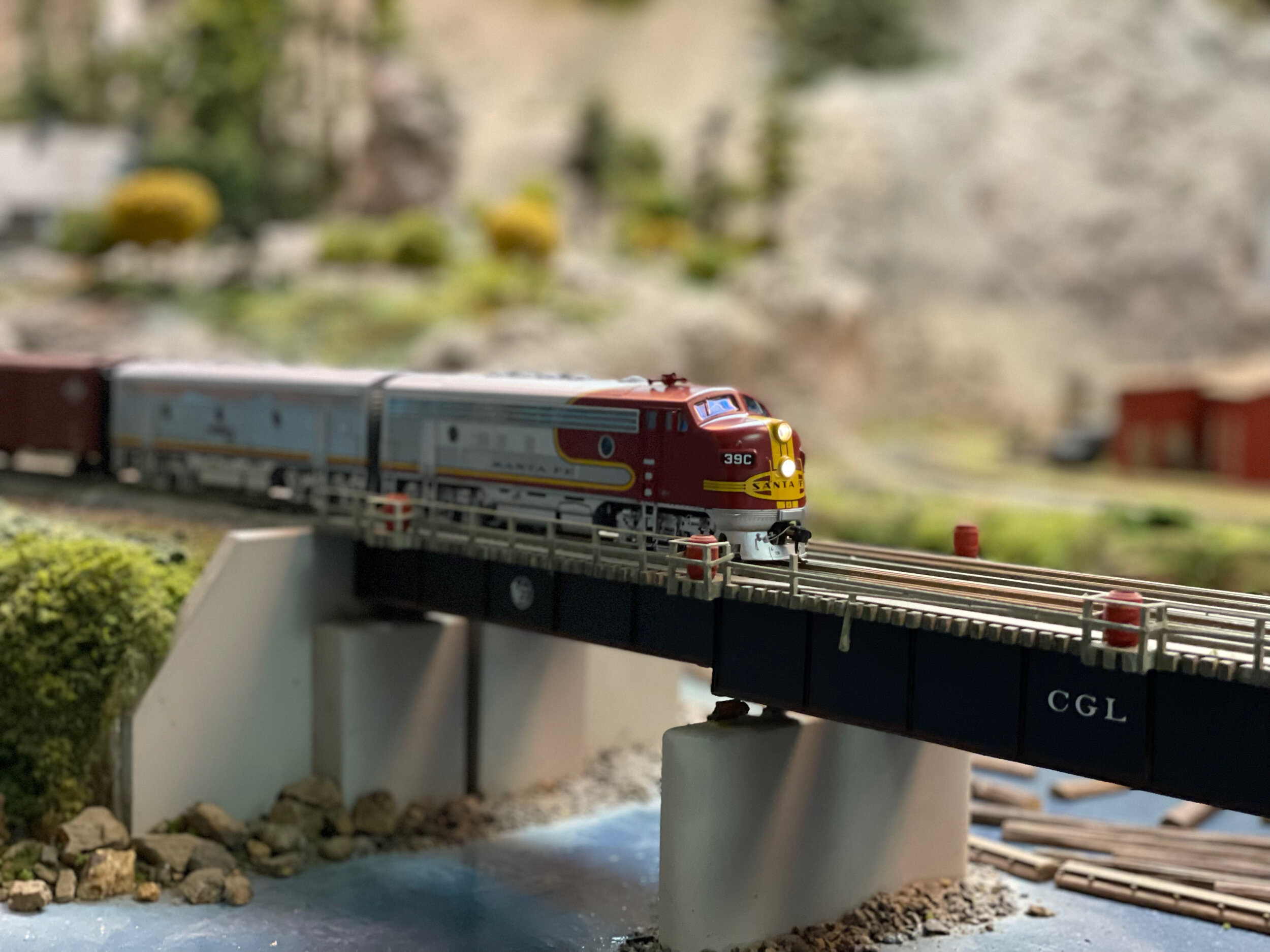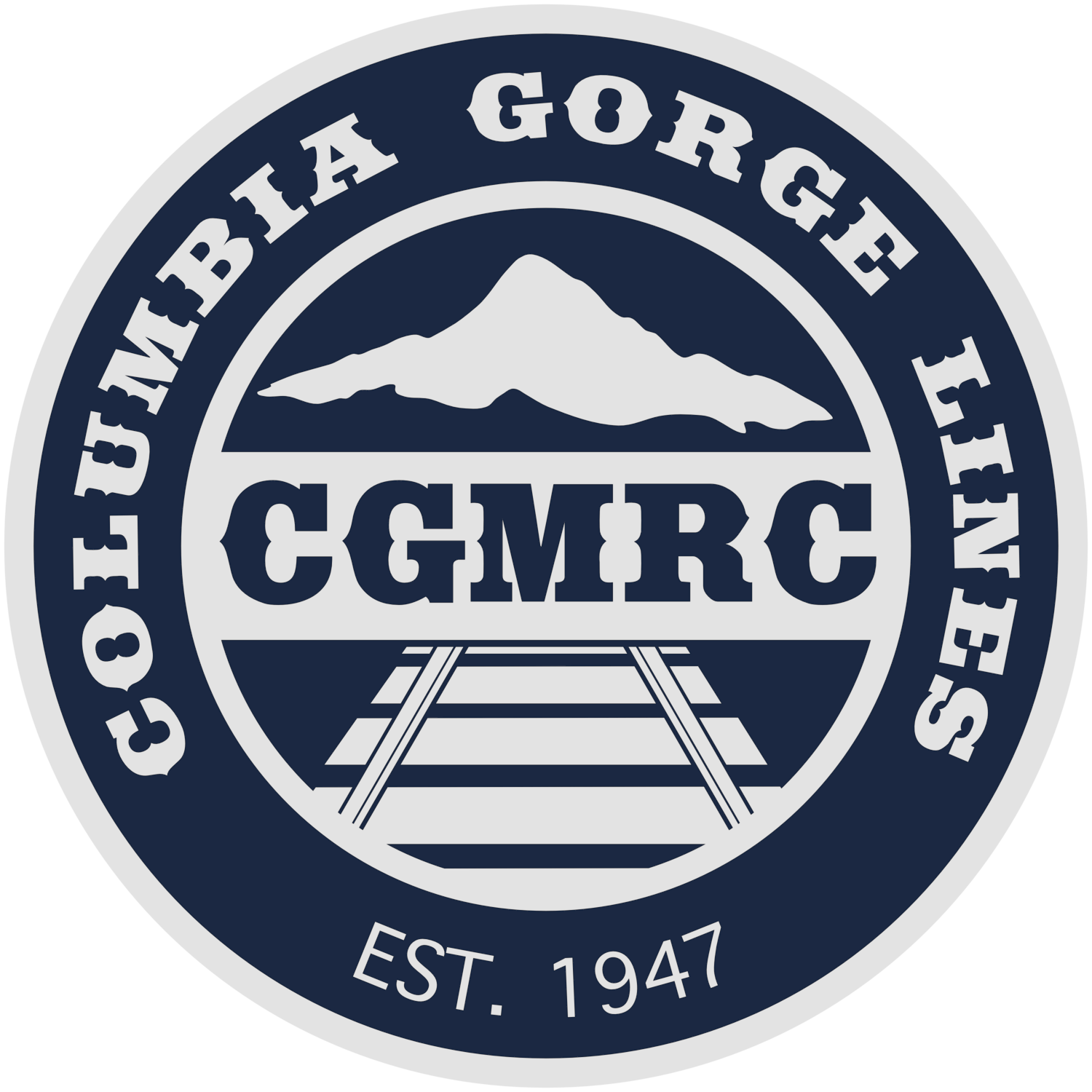
Experience the magic of Oregon and its long history with Railroads
What People Are Saying
“This is a labor of love and a throwback to days gone by, all in one viewing.”
“Most boys grow out of trains after about age 5. Fortunately, the Columbia Gorge Model Railroad Club members did not.”
Let’s make a trip down to Union Station
This is the Union Station as it was in the 1950′s, built directly from the original blueprints.
No details were left behind: from rooflines, the sashes, windows, brickwork — Even the 150 foot tall Romanesque clock tower is all there for you to see.
It’s time to test our models’ endurance down at the Mainline
With more than 2000 feet (36 scale miles) of double laid track, it takes more than 25 minutes for our models to travel from one end to the other. There’s enough distance that we’re able to run 8 trains along the Mainline at any given time, allowing them to travel along the route to our iconic towns like Celilo, Wishram, and The Dalles.
How do we do this? We have two dispatchers, East Dispatch and West Dispatch, at our main Centralized Traffic Control (CTC) panel that is underneath the layout.
The West Dispatcher makes sure that trains on the track going from The Dalles yard are able to make it up through Portland and into Seattle (staging).
The East Dispatcher has an even tougher job. Not only are they in charge of Spokane (staging) to The Dalles, they need to interchange coal mining traffic as well as trains coming from the Central Oregon Trunk Line. It’s a huge job, but someone’s gotta do it!
All aboard for the Central Oregon Trunk Line
From where the Deschutes and Columbia Rivers converge at Wishram , the Central Oregon Trunk Line provides freight and passenger service to Bend. Here, a graceful steel arch bridge dramatically spans the mouth of the Deschutes River.
What is that sound? It’s our Logging Division!
At the junction in Hood River we have the Logging Division, which recreates every aspect of the logging industry in the Cascade Range: harvesting, rough sawing, and even log floats.
The log pond is where logs were dumped off the rail cars and stored until they were pulled up the ramp to and into the saw mill.














